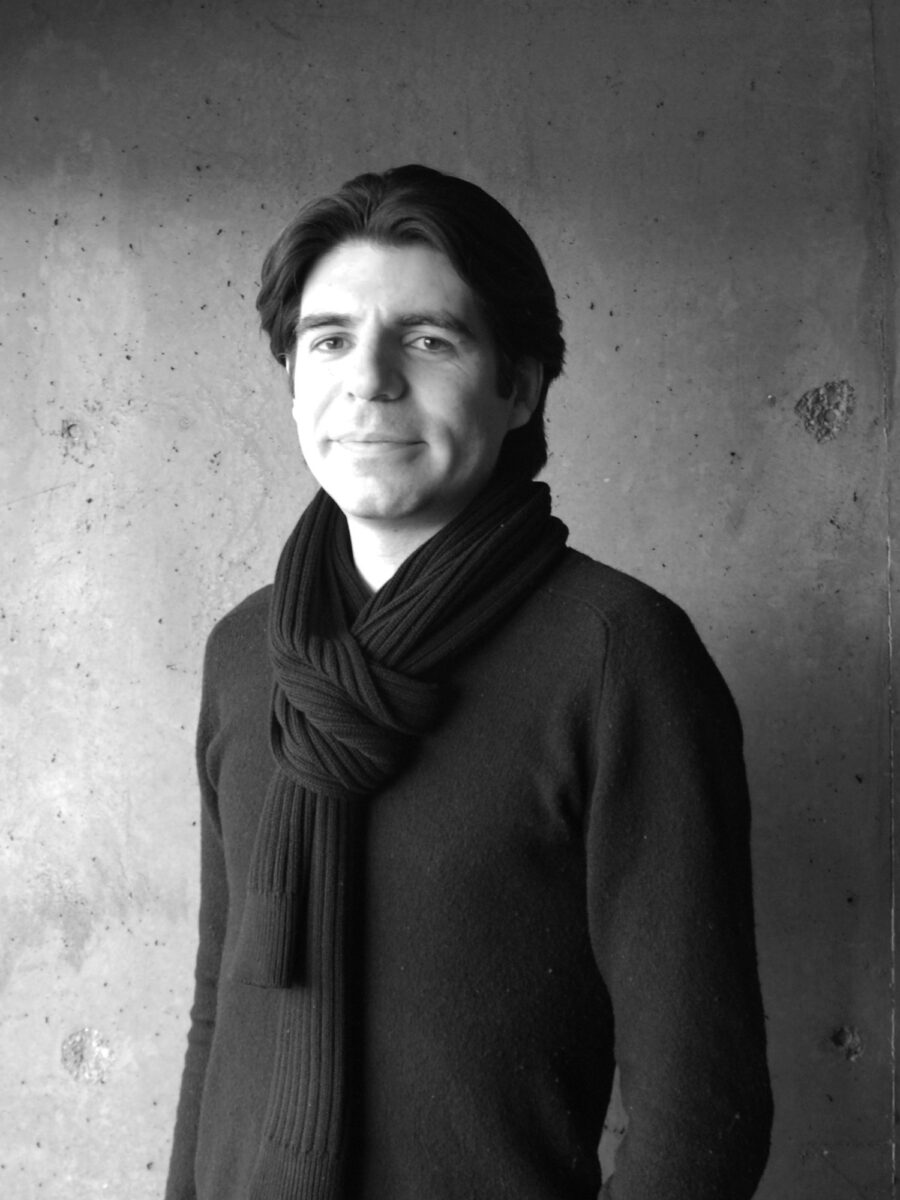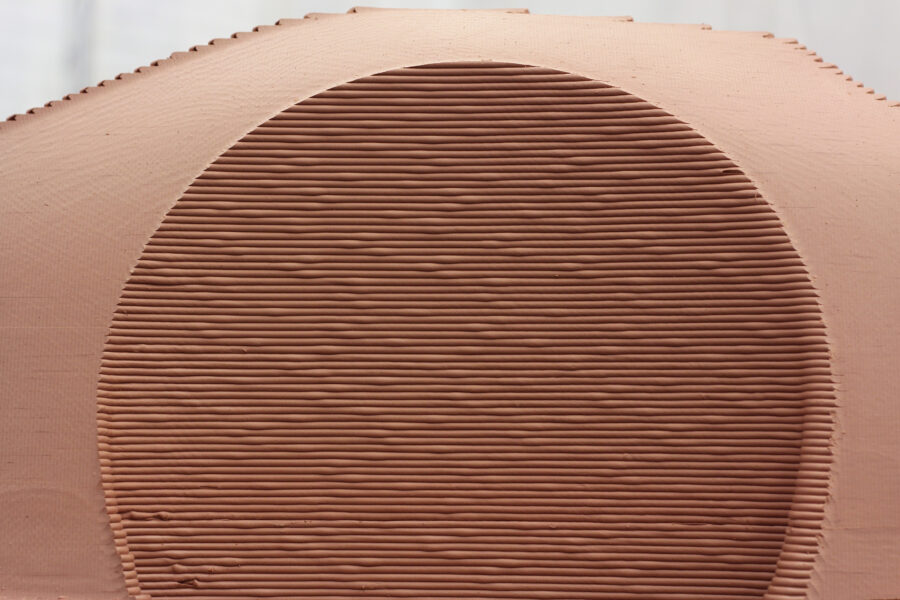Materialising Design
CategoryAyoub Lharchi
Kasper Ax is a PhD researcher in architecture at CITA (Center for Information Technology and Architecture) at the Royal Danish Academy, School of Architecture, in Copenhagen.
Saman Saffarian
Saman Saffarian is a Research Associate at the Institute for Building Structures and Structural Design ( itke ) at the University of Stuttgart.
Helena Westerlind
Helena Westerlind is a PhD Candidate at the KTH School of Architecture within the InnoChain training network.
ESR15 – SMALL SCALE ROBOTIC MANUFACTURING FOR THE LARGE SCALE BUILDINGS
Digital fabrication presumes prefabrication and off-site production. This has vast implications on the environment and building practice as a whole, as transportation increases energy consumption and carbon footprint and logistics necessitate a building logic based on elements effecting problems of tolerances and loosing structural and thermal advantages of monolithic structures while increasing costs and limiting the size of elements.
ESR14- DESIGN FOR ASSEMBLY
Industrial Partners: designtoproduction, Bluhmer Lehmann. One of the central achievements of digital chain is the ability to mass customise building elements creating individualised solutions and enabling new kinds of building geometries. While methods for the design and production of customised elements have matured, the planning of assembly procedures remains undeveloped in the building sector – in contrast to for example to product design .
ESR13- APPLIED ROBOTICS – CONTROLLED MATERIAL DEPOSITION
Industrial modelling clay plays an important role in automotive design when modelling ‘class-A’ surfaces. Design studios around the world use it to prototype vehicles at a 1:1 scale, combining several technologies: sculpting, CAD freeform surface modelling, 3D scanning and CNC machining. This research investigates the use of this material for additive manufacturing.






